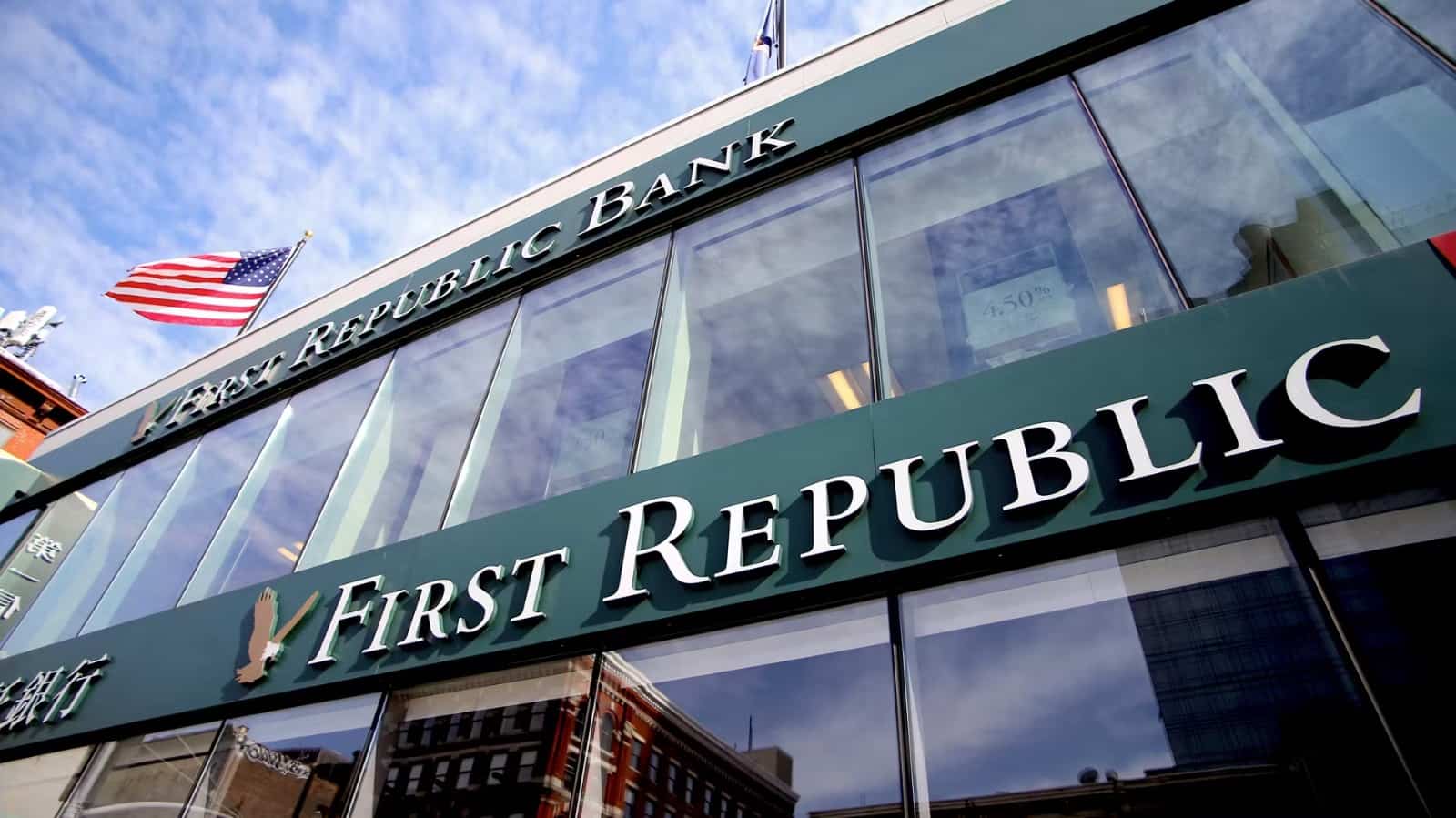The year 2023, specifically from Q4, has been nothing short of eventful in the U.S. financial markets. In view of the aforesaid, I hereby provide you with a detailed review of the year gone by and a peek into what 2024 has in store for us.
U.S. Equities
Of course, 2023 was just the year of U.S. equity strength and resilience, usually in defiance of conventional logic. While harboring bearish sentiment, there were moments of the bearish zeitgeist in October and March amid worries about regional banks and higher rate cards, but the year went out in a very big way. In that span, the S&P 500 was up 24.23%, the Nasdaq 100 jumped 53.81%, and the Dow Jones Industrial was up 13.70%.
As we look ahead to 2024, indeed one of the bigger themes is the amount of cash that still sits on the sidelines—Fundstrat estimates a record $6 trillion at present. If un-invested cash is deployed for stocks this year, this would be quite supportive for equity markets.
Other Asset Classes
Bonds faced a tough year as a bear market in bonds stretched for three years. The benchmark 10-year Treasury yield was trading between 3.253% and 5.0% through the year. However, bond investors got some relief as interest rates eased closer to the end of the year.
The SPDR Gold Trust ETF had a very solid year, advancing 12.69 percent. Through early December, spot gold prices set all time highs before easing back slightly. With the market pricing in steady to lower interest rates in 2024, precious metals could have further upside.
Bitcoin, the largest cryptocurrency by market cap, had a stellar year with a 154% rise in 2023. Investors cheered on the news of a spot Bitcoin ETF approved in January 2024 and the expected so-called "halving" event in Q1-Q2 2024, which would cut the supply of new bitcoins.
Commodity Prices
The S&P Goldman Sachs Commodity Index slurped to a faster retreat in 2023, implying that wholesale prices for a broad swathe of commodities were down. In theory, this should redound to consumers' benefit, assuming that it ultimately works its way through to the consumer, with the business not gouging too much in between.
Consumer inflation, gauged by the CPI, peaked at 9.1% year-on-year in June 2022 before easing during 2023. However, both goods and services remain at stubbornly high levels; service and shelter prices remain stubbornly high. Core CPI, excluding food and energy prices, was 4% higher in November 2023 than a year earlier.
Core Personal Consumption Expenditures
The Federal Reserve's forecast puts Core PCE, its favored inflation metric, on a pace of 2.4% in 2024 and 2.2% in 2025, before finally hitting its 2% target in 2026.
The Consumer Heading Into 2024
Despite a host of challenges, the U.S. consumer has proven remarkably resilient. Consumer confidence has increased with the stock market rally in November and December, raising the measure to a five-month high for 2023. Consumer debt is also on the rise despite rising confidence. Non-housing debt stood at $4.8 trillion in Q3 2023; aggregate consumer credit card debt exceeded $1 trillion, to say nothing about the accumulated debt in other areas of spending. Not swayed by the heavy price paid in high credit card interest rates, consumers continue to spend, but particularly on experiences over goods.
Retail Sales
Retail sales continued to surprise on the upside in every month from August through December, indicating solid consumer spending. However, early reports for the holiday shopping season indicated a modest cooling with November seeing a healthy but year-over-year gain of 3.1%, while the consensus was looking for 3.7%
Energy
Crude oil and gasoline prices did fall in the final two months of 2023, having posted strong increases through the first part of the year. Crude ended over 10% below the end of 2024 and the initially open price of the first session of the year. Reports of stagnating electric vehicle (EV) sales and supply chain bottlenecks in renewable energy lead the way for themes in the opening walk into 2024.
Election Year
The upcoming election will add volatility to the markets. Historically the S&P 500 has returned an average of 7%; in years of Presidential elections since 1952. Investors will be keen on how economic policies that might be offered by candidates for President are likely to impact the market.
Federal Reserve Perspective
During November and December, hopes of Federal Reserve rate cuts followed major U.S. market indexes to record highs. Markets priced in as many as seven quarter-point rate cuts to begin in March 2024, but that commentary from the Fed already indicated a much more tempered outlook—looking for no more than three cuts in 2024. The road ahead still looks unclear, with Fed officials sounding an optimistic note about the outlook for inflation but now damping expectations down for precipitous rate cuts.
Long-Term Impact
As usual, I will keep you informed about the events in the markets and how they affect the investments on your behalf. I do encourage you to reflect on the markets of March 2020 and more recently March and October 2023, when world events caused these corrections. We have seen that panic selling of assets during such periods has frequently proved to be the wrong course of action.
Bear in mind, the S&P 500 has produced an annual gain about 70% of its 66-year existence. While market volatility can evoke emotions, sticking to a disciplined, cool-headed path usually favors the long-term investor. As Winston Churchill stated, "Those who fail to learn from history are condemned to repeat it."
About John Mateyko
John Mateyko is an old horse at financial planning with 24 years' worth of experience in financial planning. As the Managing Partner at IDEX Financial, which is the firm that he established in 2010, specifically designed to help in the development of retirement income plans which will cater to the financial objectives of his clients.
John commenced practicing immediately after his graduation in Augustana College with a degree in business studies. He has held senior positions with prestigious firms such as Morgan Stanley, Atlas Securities, US Bank, and JP Morgan Chase, where his portfolio management acumen was identified. John holds the following premier certifications: Fiduciary Financial Planner, Wealth Management Certified Professional, Retirement Income Certified Professional, Accredited Portfolio Management Advisor. He is currently working toward a Certified Investment Management Analyst certification from the Yale School of Management.
About IDEX Financial
Founded in Chicago back in 2010 IDEX Financial has developed into a boutique investment firm that has since expanded its business to Atlanta, Georgia in 2018. The company established its headquarters in Serenbe, Georgia, in 2020. For IDEX, John has an apparent focus towards the retirement planning process where he bas planning solutions designed according to the financial environment of the client in context. He strives to provide sound advice with the security of mind that will enable his clients to exercise freedom regarding their financial matters with confidence.
When he is not working, John can be seen engaging with his family and community. He and his family are actively engaged in community enhancement endeavors in Serenbe, a tight-knit rural Georgia town committed to wellness and an abandoned parking lot behind his office space.
In short, the amount of experience John Mateyko brings to the table, the willingness to never stop learning, and the way he puts the client first are just further examples of him working to make a difference in the lives of people within the community he calls home with pride.






